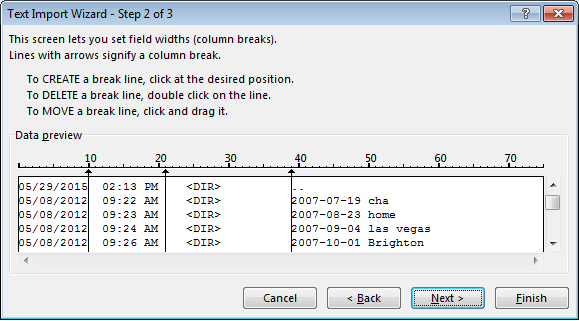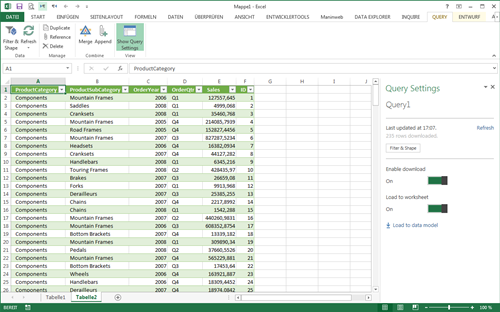

On the "Directory" tab, choose the directory for which you want to list the contents.

You can copy and paste this from a windows file explorer address bar or you can use the Browse option to select the folder. Add the folder path of the parent folder which you want to query. Using the app is reasonably straightforward. Then choose the From File option in the menu and then the From Folder option in the submenu. Related: What Is a "Portable" App, and Why Does It Matter?ĭirectory List & Print is available as both an installable or a portable app, so choose whichever is right for you. If you need even more power, the Pro version ($22) adds the ability to include a huge number of metadata and Windows file properties, specify a recursion depth for subdirectories, provides additional sorting abilities, and more. You could then write a program to parse it back into a directory-view like style.

To do this, I modified a script that I wrote in 2008: How can I find Files’ Metadata You should look at that post if you want more information about what I am doing today.
#Export file list from windows explorer to excel how to#
The free version Directory List & Print will likely do everything you need, especially if you're just looking for a way to print basic lists of files in single directories. 1 This may help: How To Print A Directory Tree From Windows Explorer bgvaughan at 19:58 If you want, I can write an AutoIt script to export the directory listing into plain-text in whatever style you would like. Use PowerShell to Create CSV File to Open in Excel Get the file metadata The first thing that needs to happen is to get the file metadata. If you don't mind installing a third-party tool to get the job done, Directory List & Print makes things even easier by letting you generate directory listings that you can customize, save as files, or print. Print A Directory List Using a Third-Party Tool


 0 kommentar(er)
0 kommentar(er)
